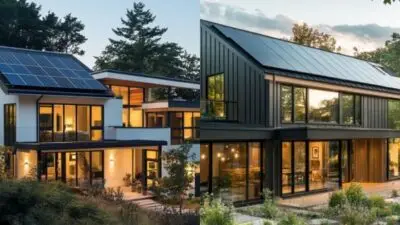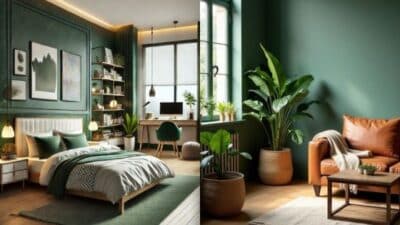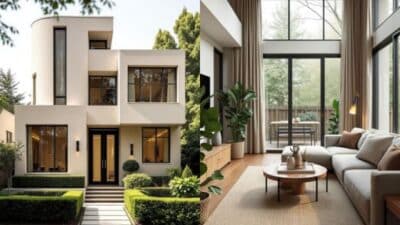Creating an aesthetic space in the home can transform both the environment and the overall mood of its inhabitants. With the right design tips, anyone can achieve a harmonious and visually appealing home. The key to creating a cohesive aesthetic lies in clearly defining personal style and intentionally selecting elements that complement each other throughout the space.
From choosing a color palette to curating decor pieces, each decision contributes to the overall feel of a room. Incorporating personal touches while considering architectural elements can enhance the unique character of any home. This blog post will explore practical strategies that anyone can implement, making it easier to unveil the beauty within their living spaces.
Readers will discover that achieving an aesthetic look is not just about following trends, but also about trusting their personal taste and values. By embracing a thoughtful approach to design, they can create spaces that reflect who they are while remaining inviting and stylish.
The Basics of Home Aesthetics
Creating aesthetically pleasing spaces involves a careful consideration of space, color, texture, and patterns. Each aspect plays a crucial role in shaping an environment that feels balanced and inviting.
Understanding Space and Function

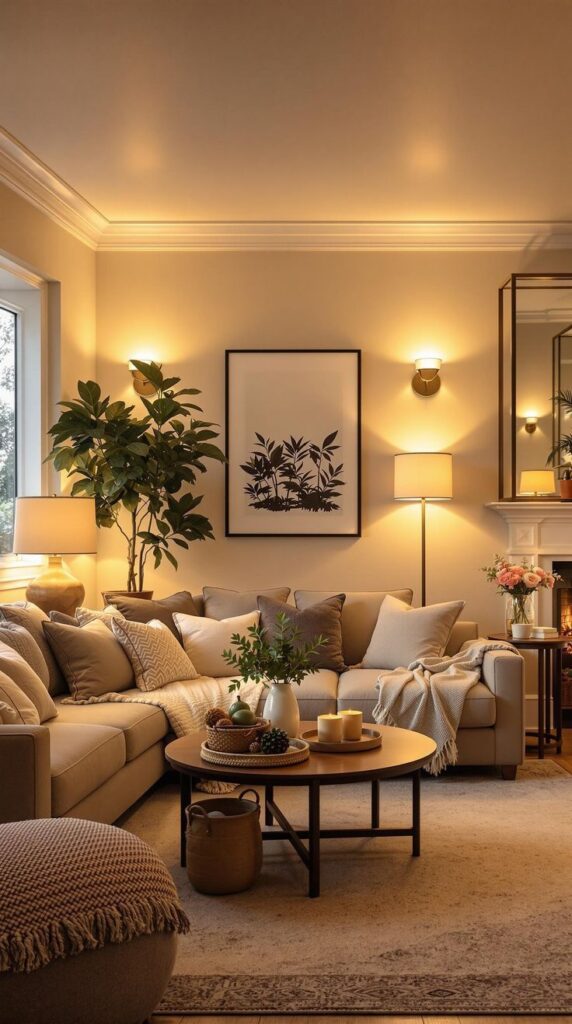
Every room serves a purpose, and understanding how to utilize that space is essential. Consider the layout: it should facilitate movement and interaction. For example, in a living room, arrange furniture to encourage conversation and comfort.
Key points to consider:
- Flow: Maintain an open layout to enhance movement.
- Zoning: Use rugs or furniture placement to define distinct areas within a larger space.
- Scale: Ensure that the size of furniture is proportional to the room. Oversized pieces can overwhelm, while small items can feel lost.
Color Theory and Palette Selection
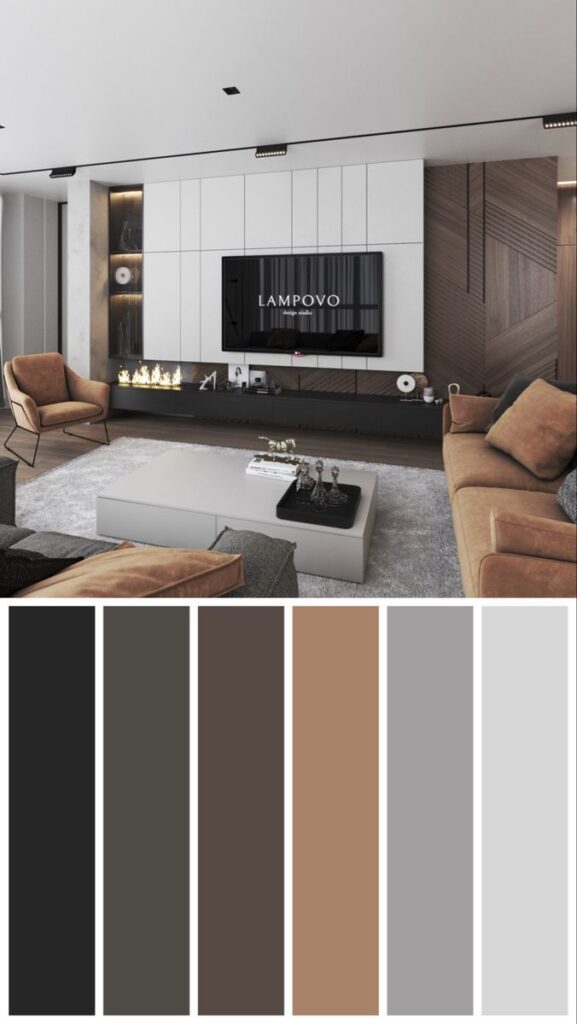
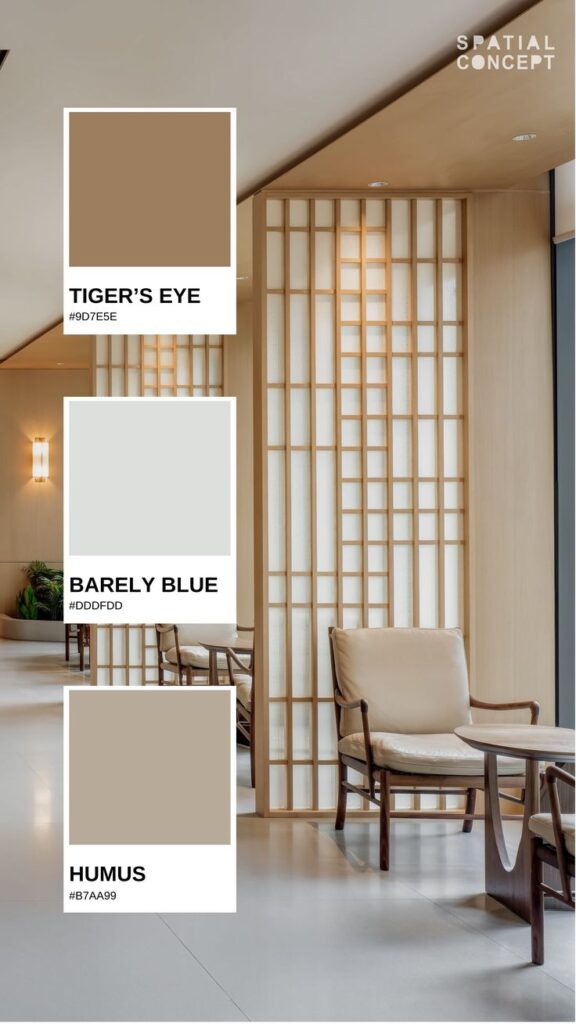
Color significantly influences mood and space perception. Choosing the right colors can enhance a room’s aesthetic appeal.
Considerations for color selection include:
- Color Wheel: Use complementary colors for balance. For example, pairing blue with orange can create visual interest.
- Mood Influence: Light colors often make spaces feel larger and more open, while darker shades add warmth and intimacy.
- Accent Colors: Adding pops of color through accessories can make a neutral palette more dynamic.
Incorporating Textures and Patterns

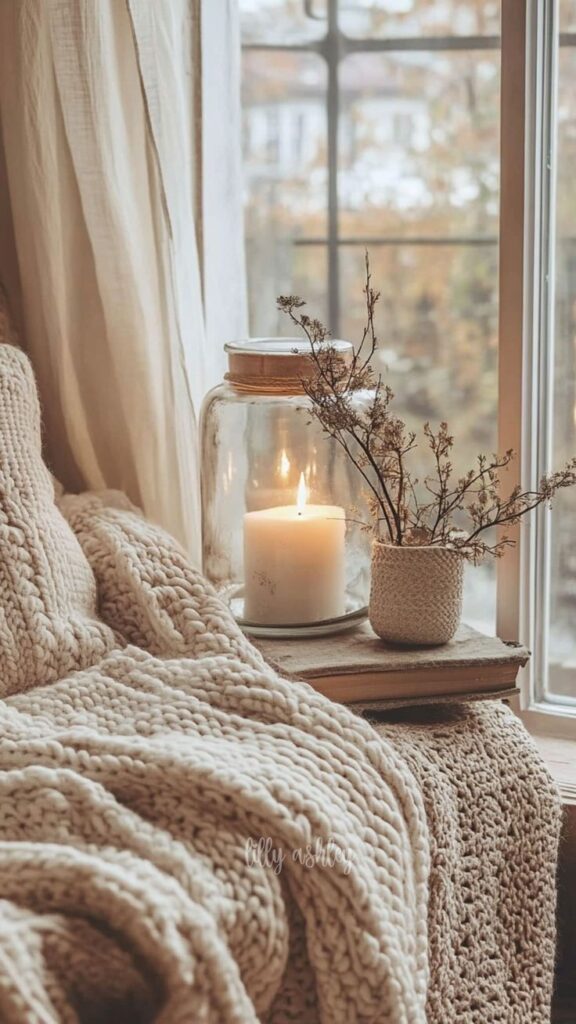
Textures add depth and character to any room. Mix various materials to create a rich visual experience.
Strategies for effective texture and pattern use:
- Layering: Combine soft fabrics like velvet with harder materials like metal or glass.
- Balance: Avoid overwhelming a space with too many competing patterns. Stick to one or two dominant patterns and use solids to offset them.
- Natural Elements: Incorporate wood, plants, or stone to soften the atmosphere and connect the indoors with nature.
By focusing on these basics, anyone can start crafting spaces that reflect their personal style while remaining functional and welcoming.
Furniture and Layout
When designing a home, selecting the right furniture and planning the layout are crucial to achieving an inviting and aesthetic space. Attention to detail in these areas enhances functionality while reflecting personal style.
Choosing the Right Furniture
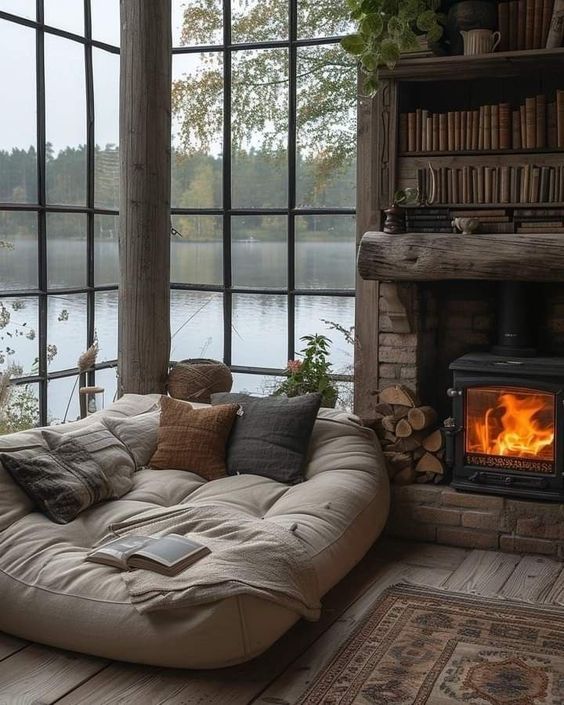
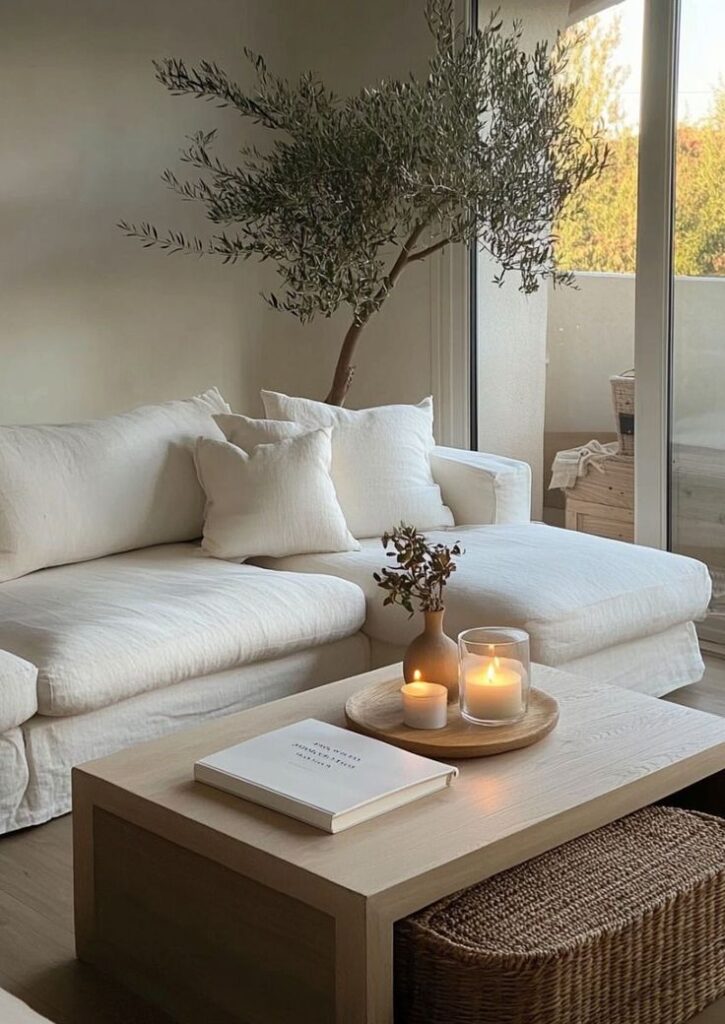
Selecting furniture goes beyond aesthetics; it must align with personal taste as well as the space available. Key considerations include:
- Size: Measure the area to ensure furniture fits well without overcrowding.
- Style: Choose pieces that complement the home’s architecture, whether it’s modern, traditional, or eclectic.
- Functionality: Opt for multi-functional furniture, like ottomans with storage, to maximize space efficiency.
Investing in quality materials can also elevate the design. Look for durable fabrics and finishes that stand up to daily use while maintaining a refined look.
Effective Space Planning
Effective space planning ensures that the layout supports daily activities. Steps to consider include:
- Flow: Arrange furniture to allow easy movement between areas. Consider creating clear pathways.
- Zones: Define areas based on function, such as a reading nook, dining area, or workspace. This helps in organizing the space visually.
- Focal Points: Identify and highlight focal points, like a fireplace or artwork, to draw the eye and create depth.
Using a floor planner tool can aid in visualizing layout options before making any purchases.
Creating Flow and Harmony


Creating flow and harmony involves coordinating different elements in the room. Here are some tips to achieve this:
- Color Palette: Choose a cohesive color scheme that ties furniture pieces together. Stick to 2-3 complementary colors for a unified look.
- Texture Mixing: Incorporate various textures, such as smooth leather and soft fabric, to add visual interest without overwhelming the senses.
- Accent Pieces: Use accent chairs, rugs, or lighting to introduce personality. Balance these pieces within the space to maintain harmony.
Pay attention to balance and symmetry. These elements create a soothing environment that feels well thought out.
Accentuating with Accessories and Art
Incorporating accessories and art into a home enhances its personality and creates a visually appealing environment. Thoughtfully selected items can elevate a space, making it feel more inviting and cohesive.
Selecting Artwork


Choosing the right artwork is crucial for creating an aesthetic space. Start by considering the color palette of the room. Art that complements these hues can bring harmony.
Types of Art to Consider:
- Paintings: Offer depth and emotion.
- Photography: Adds a personal touch.
- Sculptures: Provide dimension and texture.
When selecting pieces, think about scale. Large artwork works well as a focal point, while smaller pieces can be grouped for a gallery effect. It’s also important to choose frames that match or contrast effectively with room decor.
Decorative Accents
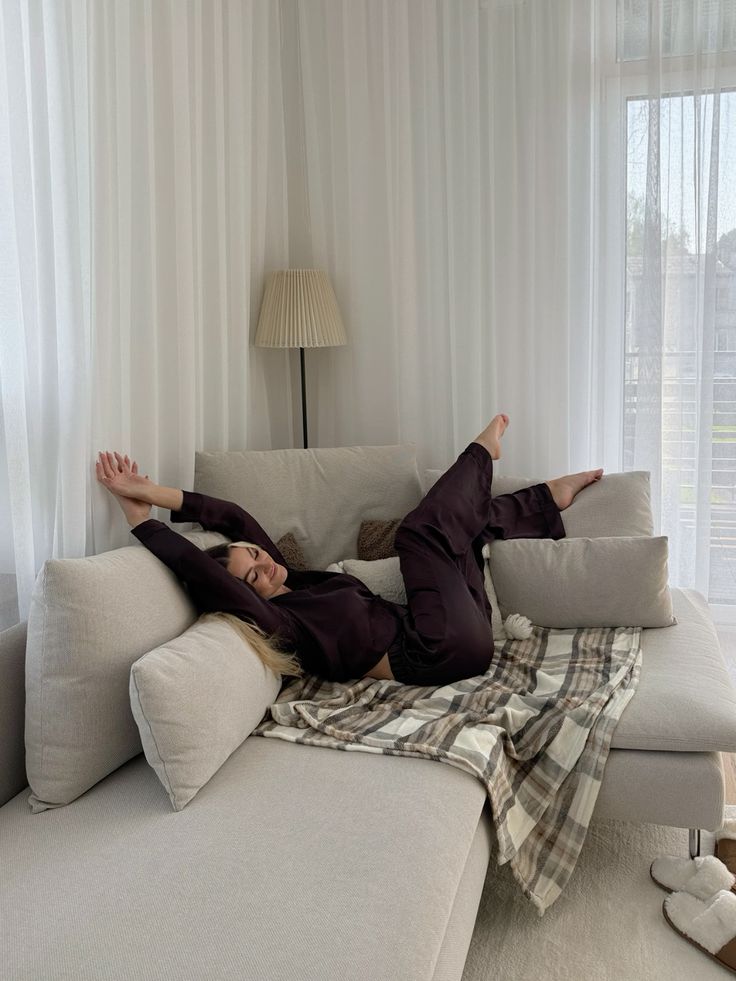
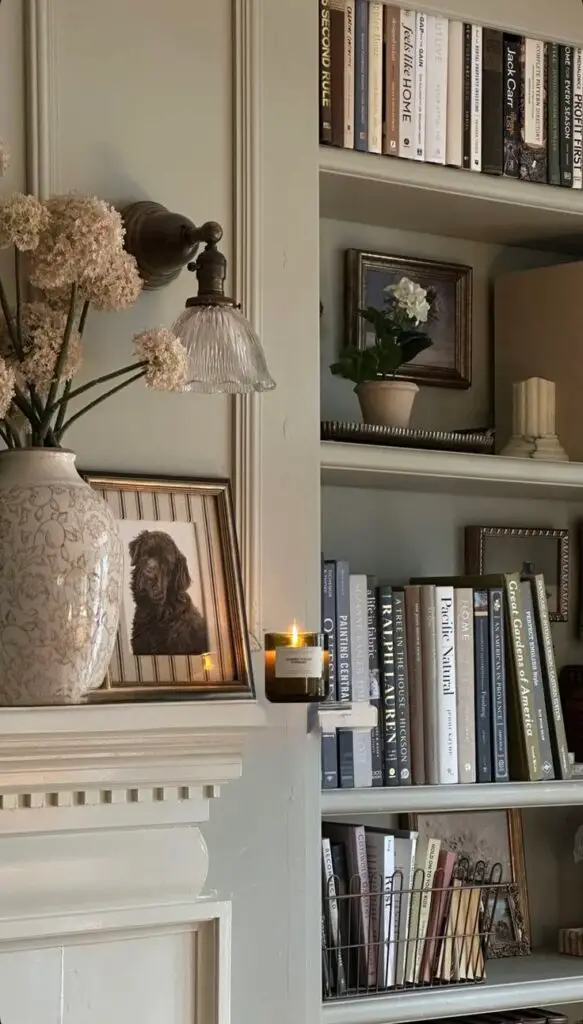
Decorative accents, such as vases, cushions, and books, add layers to a room. These items offer the opportunity to introduce textures and patterns.
Suggestions for Accents:
- Cushions and Throws: Use different fabrics to add comfort.
- Vases: Fill with fresh or artificial flowers for a pop of color.
- Books: Stack them on tables or shelves for a lived-in feel.
Consider mixing materials—ceramics, glass, and metal can all coexist beautifully. Accessories should echo the room’s overall style, whether that’s modern, traditional, or eclectic.
Lighting as a Design Element


Lighting transforms the atmosphere of a space and can serve as a design feature. Layered lighting creates interest and functionality.
Types of Lighting:
- Ambient Lighting: Provides overall illumination.
- Task Lighting: Offers focused light for activities.
- Accent Lighting: Highlights specific areas or objects.
Fixtures should align with the room’s aesthetic. Pendant lights, floor lamps, or even decorative bulbs can enhance the decor. Using dimmers allows for adjustable ambiance, making a space suitable for various moods and activities.
- 22shares
- Facebook0
- Pinterest22
- Twitter0
